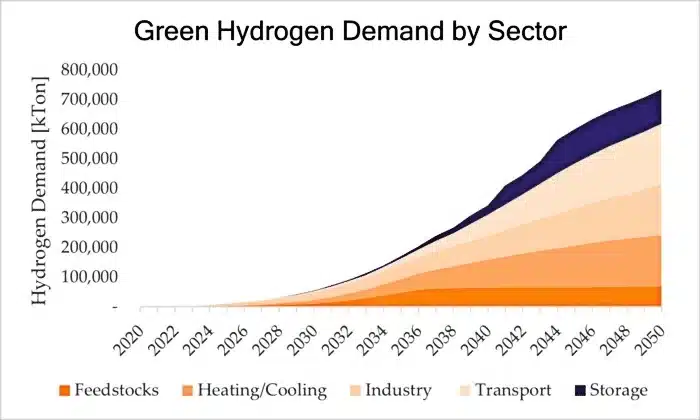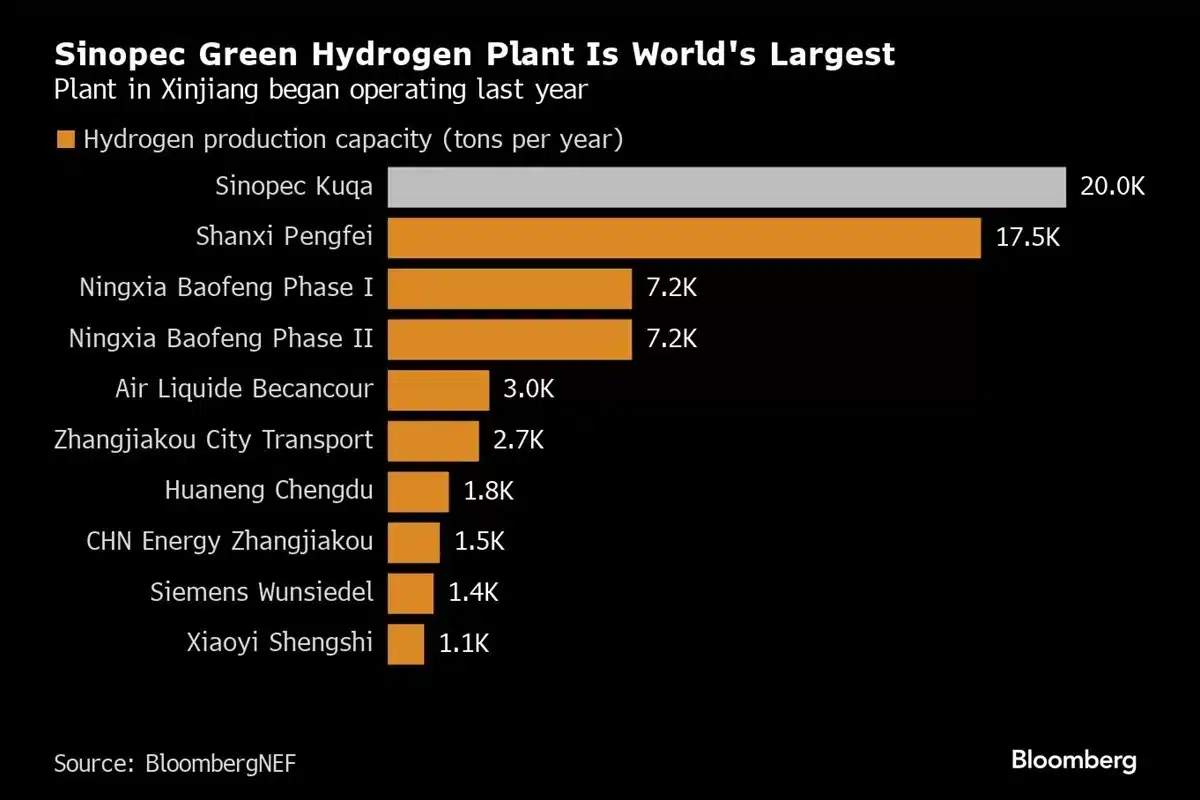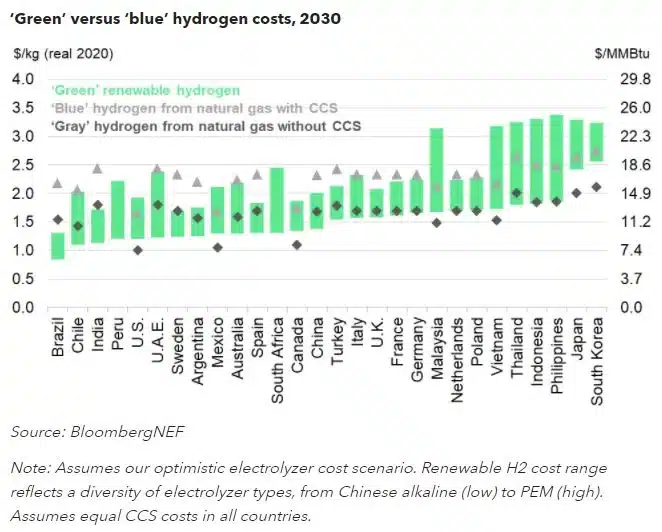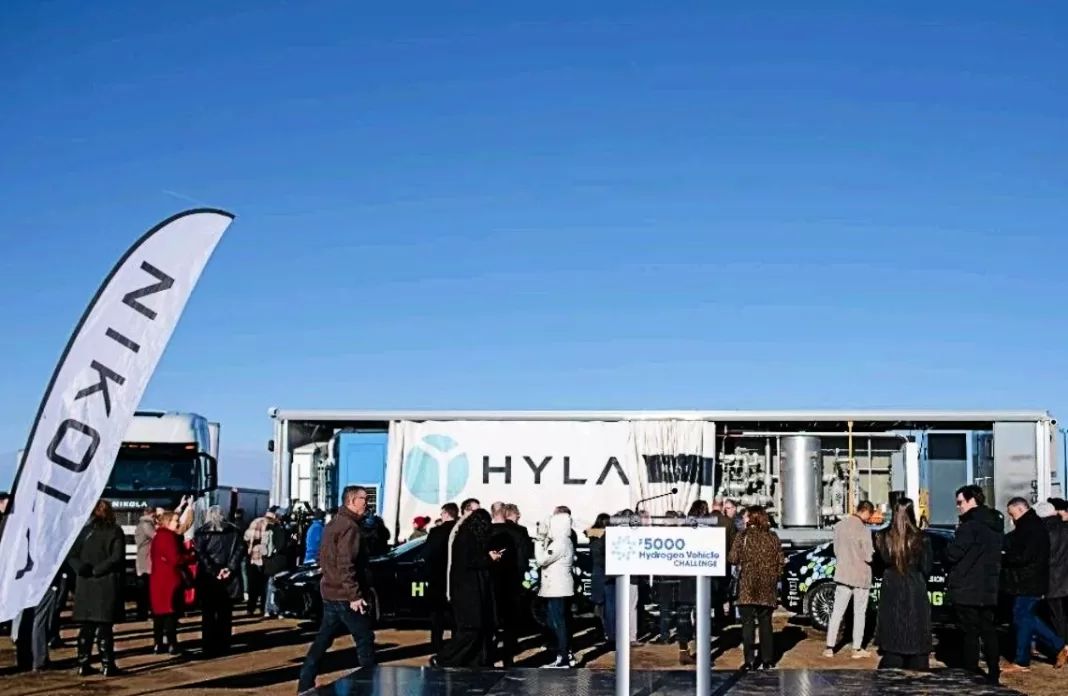In a transformative move towards sustainable transportation, Alberta marks a significant milestone with the launch of its inaugural commercial hydrogen fueling station with Nikola Corporation’s HYLA brand. It marks a pivotal moment in the 5,000 Hydrogen Vehicle Challenge to get 5,000 hydrogen or dual-fuel hydrogen vehicles on Western Canada’s roads within 5 years.
The project exemplifies the concerted efforts across the Edmonton region and beyond to propel the hydrogen economy forward. The Edmonton region is steadfastly embracing the hydrogen opportunity for Canada. This major initiative was made feasible through collaboration with key stakeholders, including Nikola Motor Canada, Alberta Motor Transport Association, Suncor, Leduc County, Emissions Reduction Alberta, and Blackjacks Roadhouse.
Alberta’s Hydrogen Leap
Amidst the urgent global imperative to reduce carbon emissions, the quest for innovative alternative energy sources has intensified. Among these alternatives, hydrogen emerges as a promising solution, particularly in offering a cleaner option for the transportation industry.
And Nikola’s refueling station – its HYLA brand – has been spreading in the region to support the hydrogen revolution.
Situated along Highway 2 in Leduc County, Alberta, Nikola’s HYLA fueling station strategically positions itself along a vital transportation corridor. It links Alberta’s two largest urban centers—the Edmonton region and Calgary.
Positioned amidst about 96,000 passing vehicles daily, this station will significantly contribute to decarbonizing one of Western Canada’s busiest highways. It will also aid in meeting the fueling requirements of Nikola hydrogen fuel cell electric vehicles (FCEV) destined for the Canadian market.
At the core of the 5,000 Hydrogen Vehicle Challenge is the objective to deploy 5,000 hydrogen-powered or dual-fuel-hydrogen vehicles on Western Canada’s roads by 2028. Investments in fueling infrastructure and supporting technology are pivotal to realizing this goal. The funding will help attain the critical mass of vehicles necessary to transition the transportation sector to hydrogen sustainably.
Using a 700-bar pressure-fill system, the HYLA modular fueler compresses hydrogen fuel supplied by Suncor into smaller volumes. This setup helps facilitate its dispensation into onboard storage for long-range vehicles such as trucks, buses, and cars.
As demand for hydrogen surges, the aim is to replace the modular fueler with a permanent facility and expand the HYLA fueling network across Alberta.

Brian Jean, Minister of Energy and Minerals highlighted the role of hydrogen in the fight against climate change, noting that:
“Hydrogen is the next step in our commitment to reducing emissions… This fueling station will kickstart the build-out of hydrogen fueling infrastructure in Alberta and support the development of a hydrogen economy in this region.”
Nikola’s HYLA: Redefining Hydrogen Infrastructure
Nikola Corporation is renowned for its production of fuel cell and battery electric semi-trucks. It has inaugurated the first of its HYLA refueling stations in California where the company received a total of $58.2 million in grant support last year.
The HYLA concept aims to swiftly deploy temporary refueling stations in targeted areas, streamlining the permitting and construction processes. These stations serve as a pivotal solution, particularly in regions where there’s a surge in demand for zero-emission trucks.
Unlike battery-powered trucks, hydrogen fueling stations require more complex infrastructure and logistics. To address this, the HYLA refueling station is designed as a makeshift setup, comprising large liquid hydrogen tanks on trailers capable of storing over 800 kilograms of hydrogen each.
Filling up at the station takes about 20 minutes, facilitated by technicians managing the process. Despite some challenges such as noise and hydrogen loss during pumping, Nikola aims to scale up operations to accommodate 50-70 trucks daily, necessitating daily deliveries of liquid hydrogen.
Although the current station is temporary, Nikola plans to enhance it into a permanent facility for a broader hydrogen rollout. The company’s ambitious goal includes establishing nine stations in California by the end of Q2 and 14 by the year’s end.
Accelerating Hydrogen Adoption Globally
Apart from Nikola, other companies are also ramping up hydrogen production and infrastructure. In other parts of Canada, AtkinsRealis has secured the engineering contract for the Projet Mauricie green hydrogen hub in Quebec. This deal is a significant milestone for the $4-billion initiative led by TESCanada H2 Inc.
Project Mauricie aims to establish a “green hydrogen” production plant in the Mauricie region of Quebec, strategically located between Montreal and Quebec City. Notably, the plant will be powered entirely by renewable electricity.
Once operational, the Mauricie project could produce up to 70,000 tonnes per year of green hydrogen. As such, it could be one of the Canadian largest clean hydrogen projects and a significant contributor to decarbonization initiatives.
Green hydrogen, characterized by its low-carbon footprint, holds promise as a clean energy source capable of driving decarbonization efforts across sectors.
Over in China, Sinopec’s green hydrogen plant in Xinjiang has ramped up its utilization rates to 50%. It’s touted as the world’s largest, marking a significant improvement from previous challenges encountered late last year.
 Located in Kuqa, the facility can produce 20,000 tons of hydrogen annually from renewable energy sources. It serves as a crucial test case for large-scale production of carbon-free hydrogen, a fuel with immense potential. To achieve full capacity, the plant awaits completion of upgrade works at an oil refinery that will use the gas.
Located in Kuqa, the facility can produce 20,000 tons of hydrogen annually from renewable energy sources. It serves as a crucial test case for large-scale production of carbon-free hydrogen, a fuel with immense potential. To achieve full capacity, the plant awaits completion of upgrade works at an oil refinery that will use the gas.
Global green hydrogen output would experience a substantial surge, climbing from around 100,000 tons in the previous year to an estimated 51.2 million tons by 2030, as per data from BloombergNEF. The analyst also expects green hydrogen to be cheaper by 2030, even those with cheap gas (e.g. US) and those with pricy renewable power (like Japan and South Korea)as shown below. 
With Nikola’s HYLA refueling stations leading the charge, Alberta paves the way for greener roads and underscores its commitment to reducing carbon emissions. As other projects across Canada and globally follow suit, the hydrogen revolution promises a cleaner, sustainable future.

